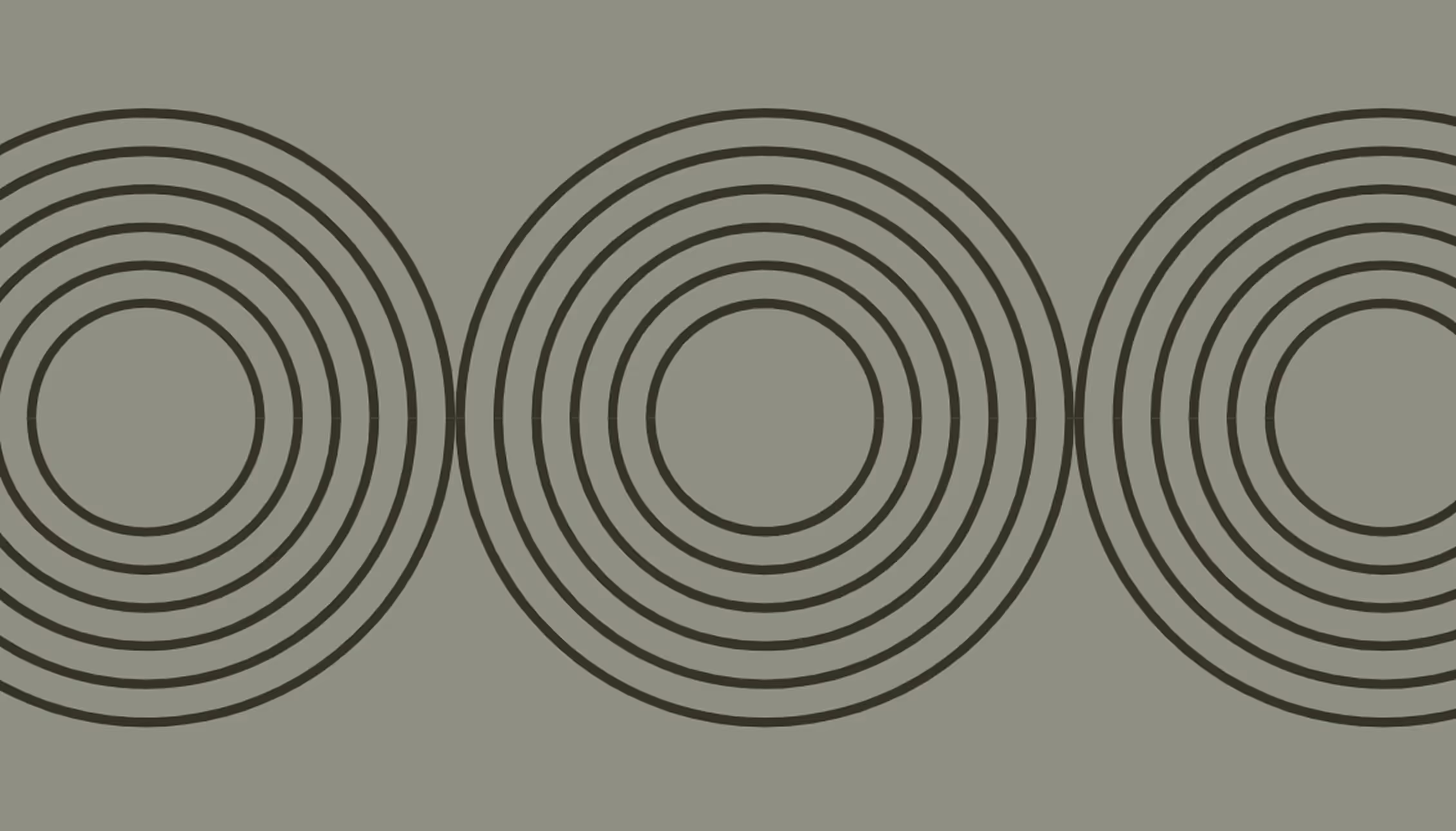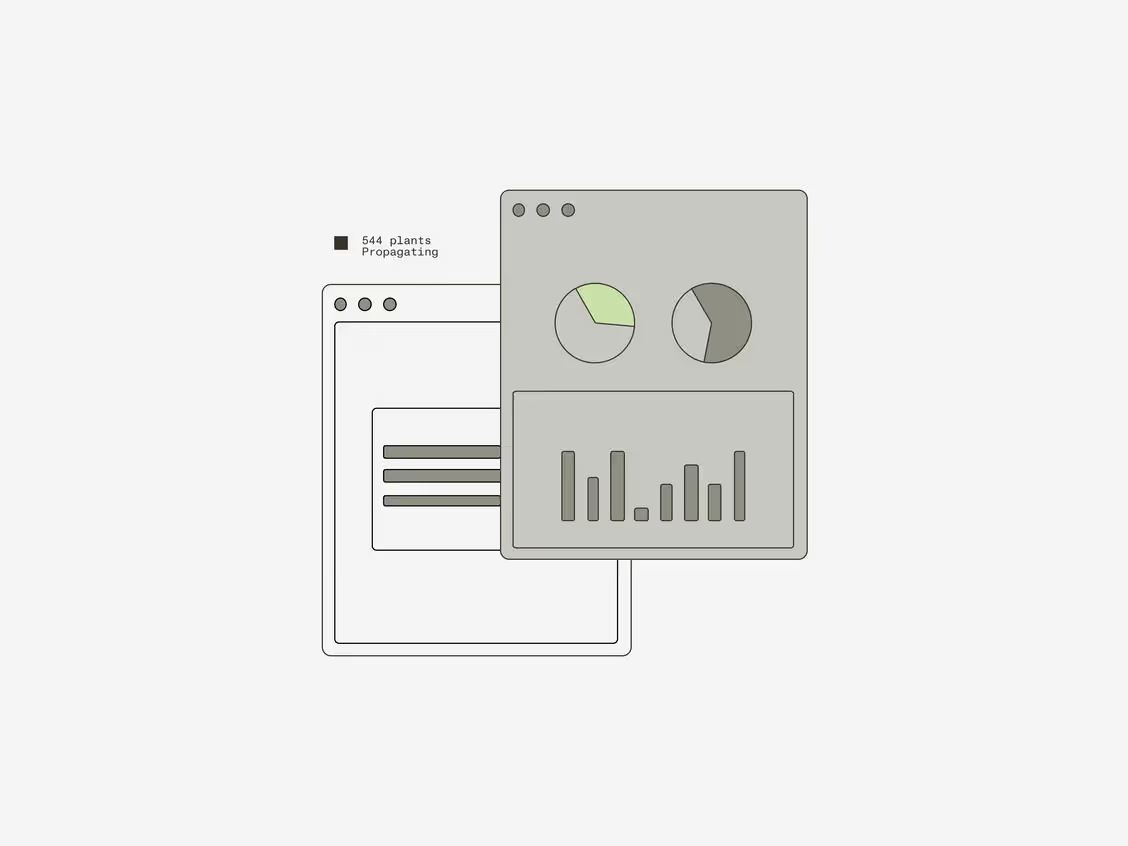Education Guide
Getting to the root of cannabis runoff

In the past, cannabis cultivators relied on runoff to gauge nutrient buildup, making up for the lack of visibility inside the substrate. Now that growers have access to substrate sensors, measuring runoff is more about dialing in the overall irrigation strategy. Here’s what to consider.
Cannabis runoff isn’t just about nutrients
For many growers, runoff in cannabis has long been used as a marker for nutrient uptake – the higher the runoff pH, the more negatively-charged ions are being taken into the plant, and vice versa.
But plants uptake water differently in rockwool versus coco, which means cultivators who rely solely on this data point to inform their overall nutrient program could be missing key information. That’s why we’re such big proponents of leaf tissue analysis, which gives growers a more detailed breakdown of each plant’s nutrient composition – making it far easier to identify and address nutrient imbalances.
But runoff plays an even larger role in irrigation.
Once a substrate has reached its maximum field capacity, adding more water will cause it to seep from the container. That seepage is known as leachate – also known as runoff. When steering crops to achieve certain outcomes, understanding how much water the substrate can hold before runoff occurs is crucial, because it tells growers how much water their plants need in order to achieve optimal growth and nutrition.
Keep in mind that factors like substrate type and plant variety affect runoff. Using data helps you find the best benchmarks for your plants – but as a general rule, exceeding 30% runoff means you’re overwatering your plants.
Benefiting from a birds-eye view of runoff
Growers work hard to succeed in an industry that’s both highly regulated and lacking centralized standards and practices. That’s why data holds the key – not only by expanding our knowledge, but by helping to set universal standards that improve upon the “old way” of doing things.
To go deeper into runoff, check out these segments from Episode 12 and Episode 42 of Office Hours.
